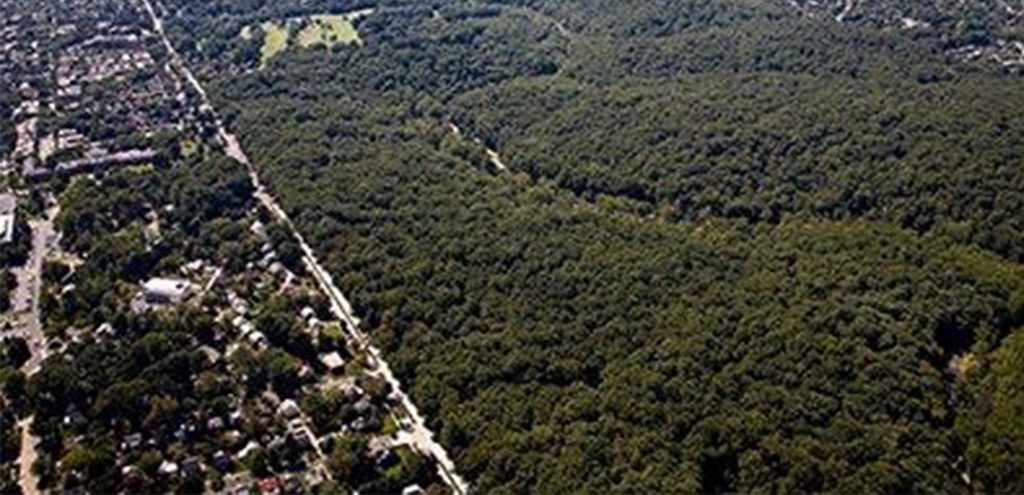
Four decades ago this year, Congress passed the Cooperative Forestry Assistance Act of 1978 to help the federal government and state forestry agencies coordinate their efforts to protect, conserve, and enhance America’s forests.
Wait, what does that have to do with urban forests?
While most people associate U.S. forests with large swaths of national park land, like Shenandoah National Park or Sequoia National Park, the reality is most forests in America, nearly sixty percent, are owned by private landowners who very much rely on these lands for income that helps to fuel the economic health of rural communities.The original act and its subsequent amendments have helped make tremendous strides for forestry – and not just on public lands.
The Cooperative Forestry Assistance Act – among many other things like protecting wildlife populations, controlling wildfires and pests, managing timber logging forests – helps plan and conduct urban forestry programs. Through the Urban and Community Forestry Program, cities are able to use Forest Service funds to support forest health, create arboriculture jobs, and spread best practices so residents can fully enjoy and appreciate all the benefits of trees. D.C. alone received almost $5 million in funding!
We were even featured as a case study in the Vibrant Cities Lab toolkit, which was produced as a part of the Urban and Community Forestry Program.
After all, an urban forest is not just public and park land – it’s the aggregate of all public and private vegetation and green space within a community. We’re lucky that the Forest Service Recognizes this and that folks had the vision to pass the Cooperative Forestry Assistance Act to help individuals and communities keep forests healthy and productive 40 years later.
Are you a private homeowner that wants to contribute to your urban forest? There are so manys to get involved! Advocate for legislation like this that protects trees, plant a tree in your yard for little or no cost, or volunteer to help keep the trees we do have alive!
The image above, courtesy of NPS, is an aerial photo of Rock Creek Park – a large a lush part of our urban forest.

